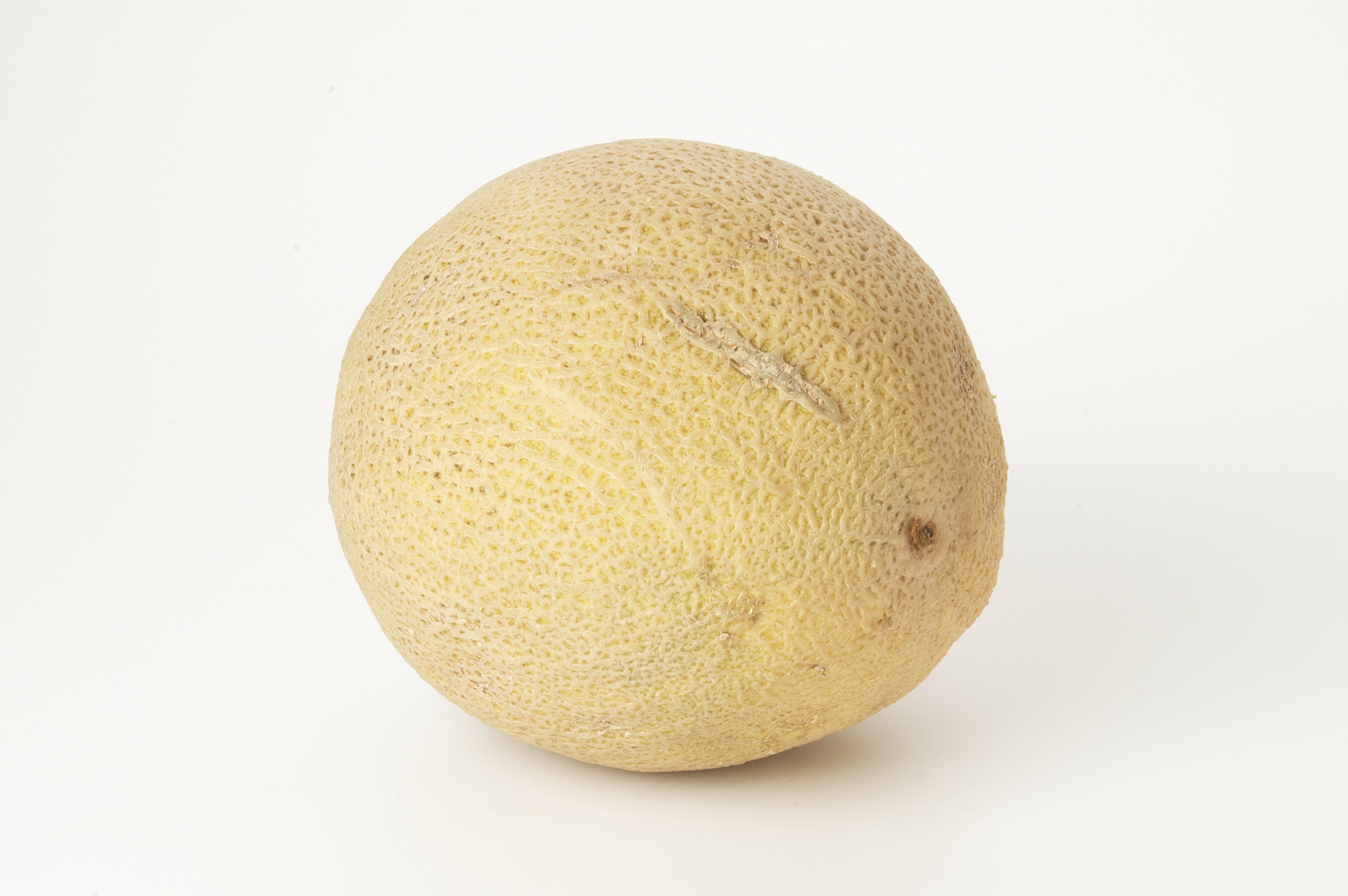Sturdy trash bags.


Sturdy trash bags.

Chili Powder

Sesame

Chives are more than just a potato topping. Use chives with fish, poultry & many vegetable dishes.

Usage
Fresh in fruit salads or in fruit platters. If you want to try something different, wrap cantaloupe in thinly sliced prosciutto.
Selection & Storage
Good-quality Cantaloupe will have large webbing or netting on the skin, will have yellow/orange coloring and be slightly soft on the stem end (firm elsewhere). They will also have a good cantaloupe smell on the stem end (if it is not too cold), and the scar at the stem end should be a smooth and well-rounded cavity. Finally, you can hear the seeds rattle inside a juicy melon when shaken. Often, melons will have a decidedly bleached side that rested on the soil – this does not affect the quality of the melon.
Avoid
Avoid product with a rough stem end with portions of the stem remaining – this means the melon was harvested too early. Product with green coloring, soft or sunken spots or dark and dirty spots that look moldy are all signs of poor quality.
Seasonal Information
Cantaloupe Nutritional Information
Serving Size: 177g
Amount Per Serving:
Calories 60 Calories from Fat 3
% Daily Value*
Total Fat 0 1%
Saturated Fat 0g 0%
Trans Fat
Cholesterol 0mg 0%
Sodium 28mg 1%
Total Carbohydrate 14g 5%
Dietary Fiber 2g 6%
Sugars 14g
Protein 1g
Vitamin A 120%
Vitamin C 108%
Calcium 2%
Iron 2%
*Percent Daily Values are based on a 2,000 calorie diet. Your daily values may be higher or lower depending on your calorie needs.
Source
PMA’s Labeling Facts
Cantaloupes are low in Saturated Fat and Sodium, and very low in Cholesterol. They are also a good source of Dietary Fiber, Niacin, Vitamin B6 and Folate, and a very good source of Vitamin A, Vitamin C and Potassium.
Juicing Information
Organic Information
Cantaloupe Tips & Trivia
Product content provided by Produce Oasis